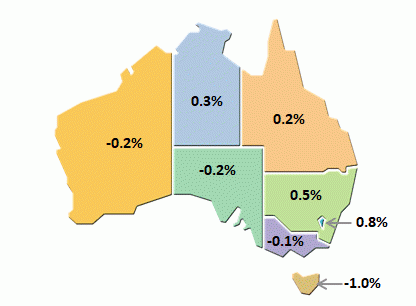December key figures
| Seasonally adjusted, percentage change (a) | |||||||
|---|---|---|---|---|---|---|---|
| Sep 18 to Dec 18 | Dec 18 to Mar 19 | Mar 19 to Jun 19 | Jun 19 to Sep 19 | Sep 19 to Dec 19 | Dec 18 to Dec 19 | ||
| Chain volume GDP and related measures (b) | |||||||
| GDP | 0.2 | 0.5 | 0.6 | 0.6 | 0.5 | 2.2 | |
| GDP per capita (c) | -0.2 | 0.1 | 0.2 | 0.2 | 0.2 | 0.7 | |
| Gross value added market sector (d) | -0.1 | 0.6 | 0.5 | 0.3 | 0.4 | 1.8 | |
| Real net national disposable income | 1.0 | 1.2 | 1.6 | 0.9 | -0.9 | 2.7 | |
| Productivity | |||||||
| GDP per hour worked | -0.4 | -0.3 | 0.5 | - | 0.2 | 0.4 | |
| Real unit labour costs | - | -0.7 | 0.2 | 0.1 | 1.3 | 0.9 | |
| Prices | |||||||
| GDP chain price index (original) | 1.2 | 1.2 | 1.1 | 0.7 | -1.2 | 1.8 | |
| Terms of trade | 2.6 | 3.2 | 1.5 | 0.2 | -5.3 | -0.6 | |
| Current price measures | |||||||
| GDP | 1.2 | 1.6 | 1.5 | 1.2 | -0.3 | 4.1 | |
| Household saving ratio | 3.0 | 3.5 | 2.6 | 4.8 | 3.6 | na | |
na not available
a. Change on preceding quarter, except for the last column which shows the change between the current quarter and the corresponding quarter of the previous year. Excludes Household saving ratio.
b. Reference year for chain volume measures and real income measures is 2017-18.
c. Population estimates are as published in the Australian Demographic Statistics (cat. no. 3101.0) and ABS projections.
d. ANZSIC divisions A to N, R and S. See Glossary - Market sector.
Revisions in this issue
There are revisions in this issue due to the incorporation of more up-to-date data and concurrent seasonal adjustment.
Changes in this issue
This issue includes a print-friendly key tables section of headline economic indicators. For more information regarding these tables, please see the Information paper: New key tables for the presentation of the quarterly national accounts.
Bushfire activities
Impacts of recent bushfires and natural disasters around Australia have been closely monitored through the compilation and quality assurance of the national accounts. While impacts on economic activity are observable in isolated areas of the accounts, these are not apparent at an aggregate level. More impacts are expected from both the bushfires and COVID-19 in the March quarter. For more information please see the ABS Chief Economist Series paper Measuring natural disasters in the Australian economy.
